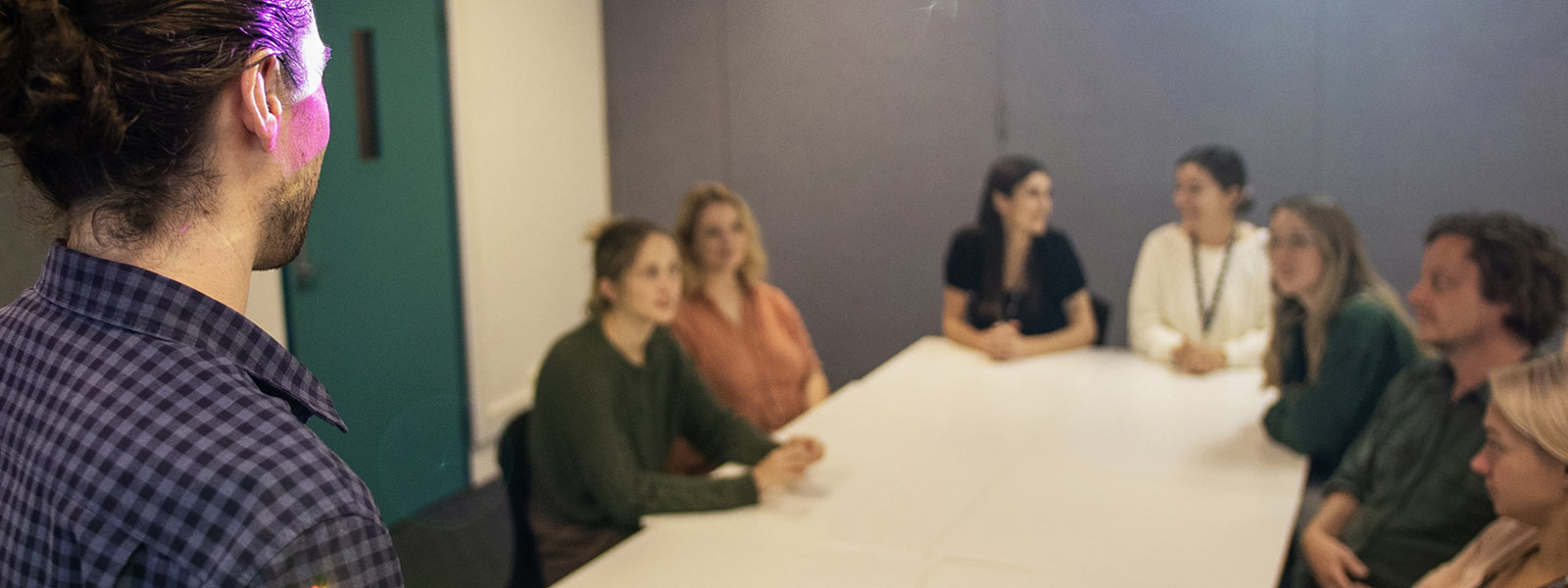
Learning Design and Teaching Innovation
What is it?
Role playing involves students taking on roles and acting out a simulated situation. The roles adopted are usually prescribed and can be characters, objects or themselves.
Why use it?
Role play is fun and memorable. It can help students gain an understanding of other perspectives or develop skills by trying out real life scenarios.
How can it be used?
- Act out a scene that might happen in the workplace for your discipline eg. court room, job interview or social work meeting.
- Act out the physical workings of an engineered or biological process.
- Use a photograph or object as a prompt, act out the people’s lives.
- Act the role of patient to gain an understanding of their experience.
How does it work?
Students play out scenarios enacting a role or context. Information is provided on:
- the learning outcomes for the role play
- the characteristics of the role they are taking on
- the scenario they are acting out
- any ground rules eg. anyone can call time out, any unacceptable behaviours.
They are asked to then interact with each other. You may have an observer role who will watch and give feedback to the others. When the activity has finished, debrief and provide feedback to the class to emphasise the learning outcomes. Avoid sensitive topics (eg suicide) where possible. Keep in mind that some students may be anxious or find role playing confronting. Not all students feel comfortable playing a role in front of the class. To minimise hesitance, ask for volunteers or get the students to work in small groups, and keep the session short and focussed. Consider providing a short script to get the role play started.
Acknowledgement
This resource is based on the “Not a waste of space” project materials produced by RMIT University and the University of Melbourne, with the support of the Australian Government Office for Learning and Teaching. Used under a Creative Commons Attribution-ShareAlike 3.0 Unported License. Except where otherwise noted, this content is licensed under a Creative Commons Attribution-ShareAlike 4.0 International License.
The University of Newcastle acknowledges the traditional custodians of the lands within our footprint areas: Awabakal, Darkinjung, Biripai, Worimi, Wonnarua, and Eora Nations. We also pay respect to the wisdom of our Elders past and present.
